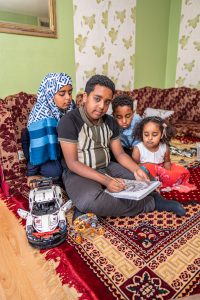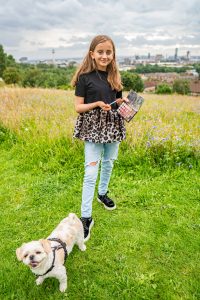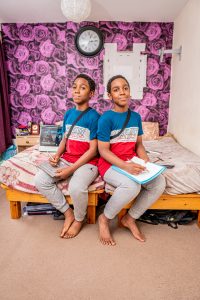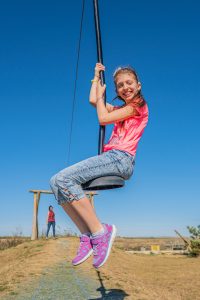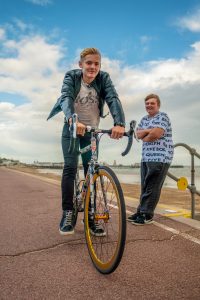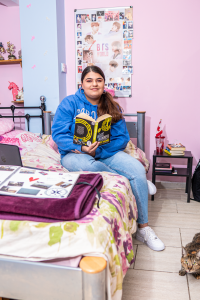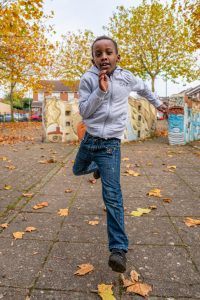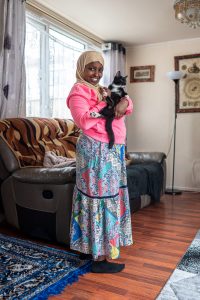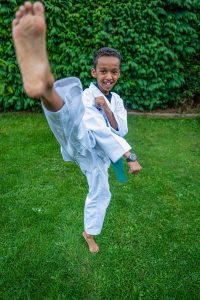CHILDREN IN NEED EXAMPLES
We offer a variety of ethnographic and filmmaking approaches. Below are different examples, including:
- traditional ethnographic video case studies focussing on one person or family
- a place-based ethnographic film
- a process-based ethnographic film
- a journey-based ethnographic film
- a remote/digital ethnographic film using video diaries
- a co-designed campaign video
- and participant-led photo-ethnography
Our director Elliot is also a trained youth leader and co-founder of Film For Humanity – a not-for-profit offering filmmaking workshops for people of all ages, particularly those who feel socially excluded or under-represented.




